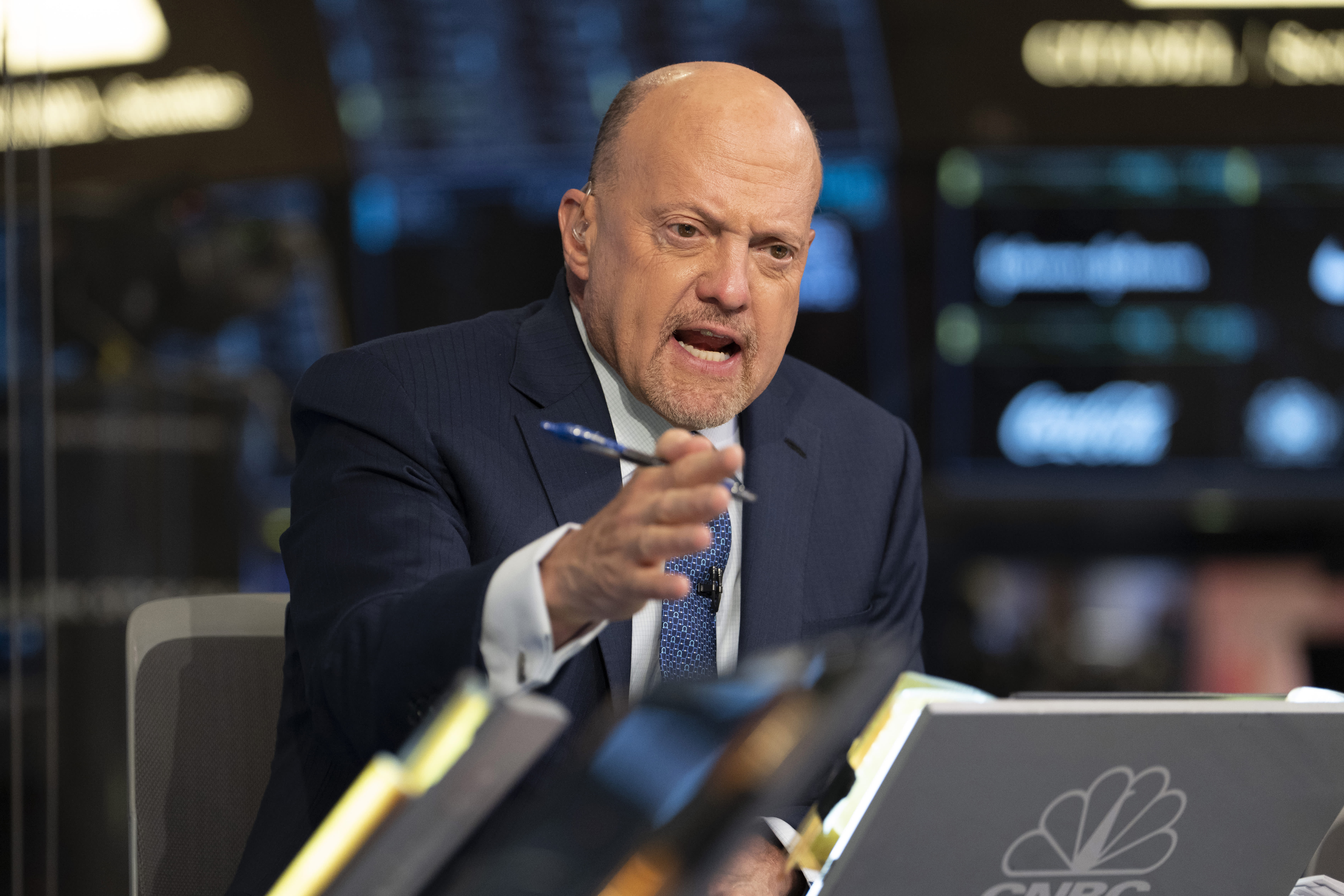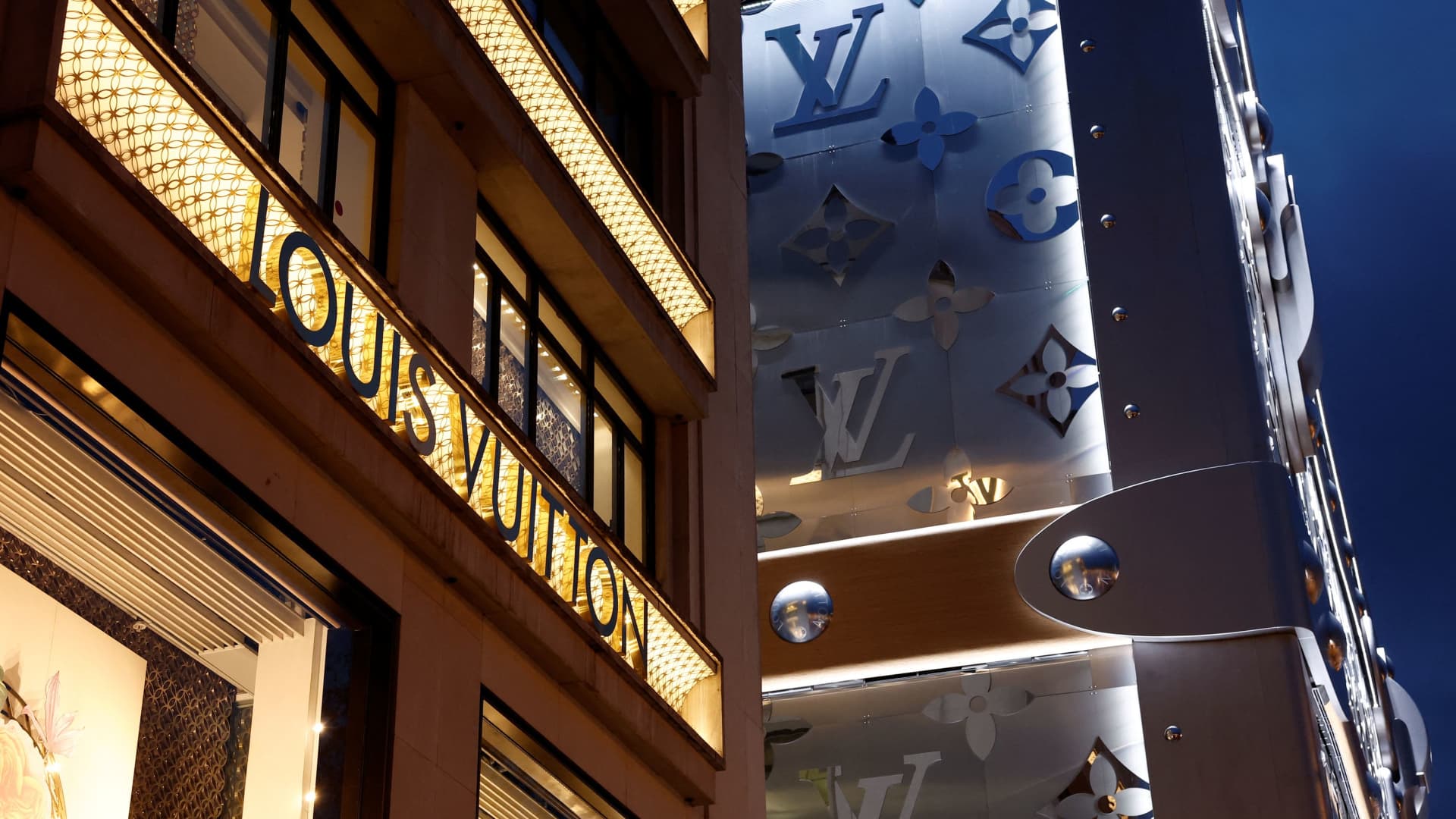GameStop on Tuesday posted a quarterly profit for the first time in two years, finishing out the year on a high note after grappling with sales declines, inventory woes and cash flow pressure.
Shares of the company jumped about 30% during after-hours trading.
related investing news
For the quarter ended Jan. 28, net sales dropped slightly to $2.23 billion from $2.25 billion in last year’s fourth quarter. The video game retailer also posted a profit of $48.2 million, or 16 cents a share, compared to a loss of $147.5 million, or 49 cents, a year ago.
GameStop did not provide financial guidance and has not given guidance since the early days of the pandemic. Its results can’t be compared with Wall Street estimates because too few analysts cover the company.
The retailer has been working to steer itself back to profitability, and the holiday quarter’s results showed a benefit from a reduction in costs.
GameStop had previously been riding some short-term meme-stock momentum, but that has since leveled out. The stock traded around $18 on Tuesday, down dramatically from its 52-week high of nearly $50 about a year ago.
Its turnaround plan was reinvigorated by a leadership shake-up in 2021 that put CEO Matt Furlong, an Amazon veteran, at the helm and added Ryan Cohen, Chewy founder and former Bed Bath & Beyond activist investor, as board chair. The company also laid off staff and replaced its chief financial officer.
The company has been working to revamp its real estate portfolio and get more online as the video game industry heads in that direction.
For the full fiscal year, GameStop saw $5.93 billion in sales, down slightly from $6.01 billion in fiscal 2021, and saw increased revenues from its collectibles category, which the retailer is banking will bring long-term growth for the company.
Like many retailers, GameStop experienced supply chain delays that left it with a backlog of inventory after it previously tried to meet high demand. The company is still hanging on to $682.9 million in inventory, which is down from $915 million a year ago, according to its fourth-quarter balance sheet.
As part of its revival strategy, GameStop has also been trying to improve its cash balance. This quarter, its cash and cash equivalents were $1.39 billion.
While managing the burdens of brick-and-mortar, the company has also been working to find its digital identity. So far, those experiments have come with a few missteps.
In September, it launched an ill-fated partnership with the now-bankrupt crypto exchange FTX. The companies had planned to collaborate on ecommerce marketing and GameStop was going to sell FTX gift cards in its stores. Two months later, GameStop tweeted that it would be “winding down” that partnership and refunding anyone who had purchased an FTX gift card in its stores.
The company has also been experimenting with an NFT marketplace since July. That launch came amid chatter of a “crypto winter” as cryptocurrencies experienced a widespread cool-down from their 2021 rallies. The marketplace saw an initial volume surge but has since leveled off and may not be the ticket to a stable digital presence that the company had hoped.
Read GameStop’s earnings release.










